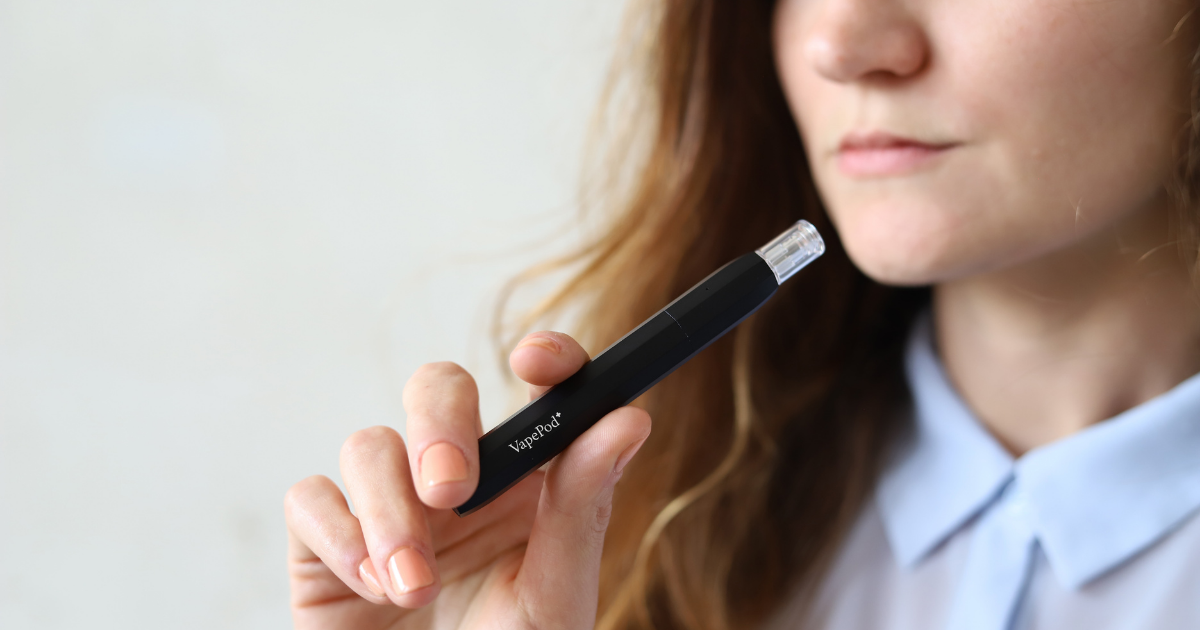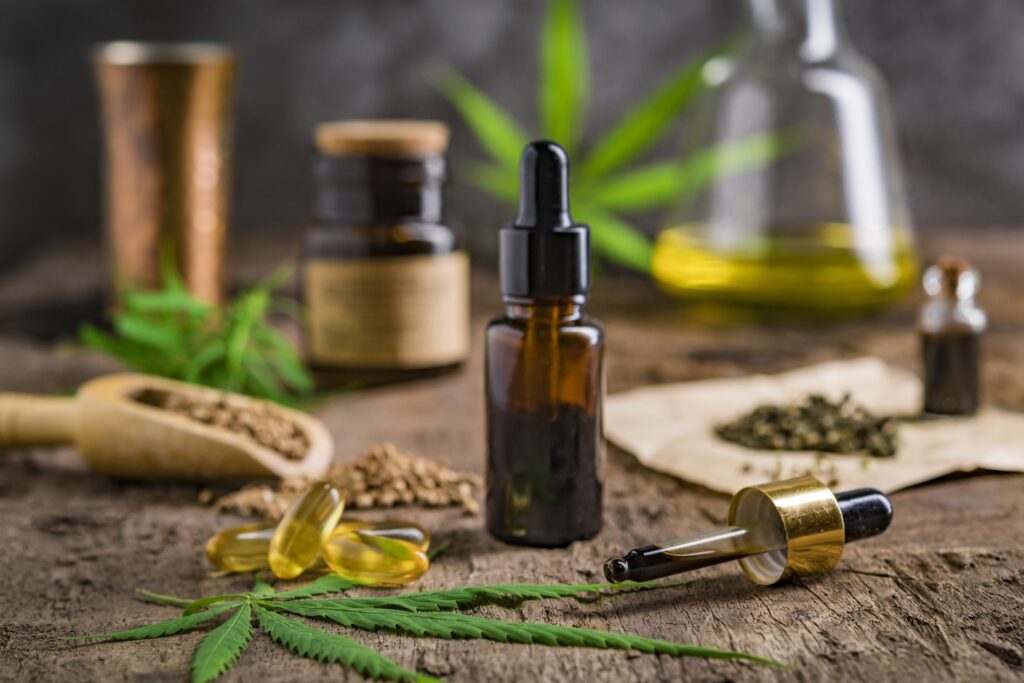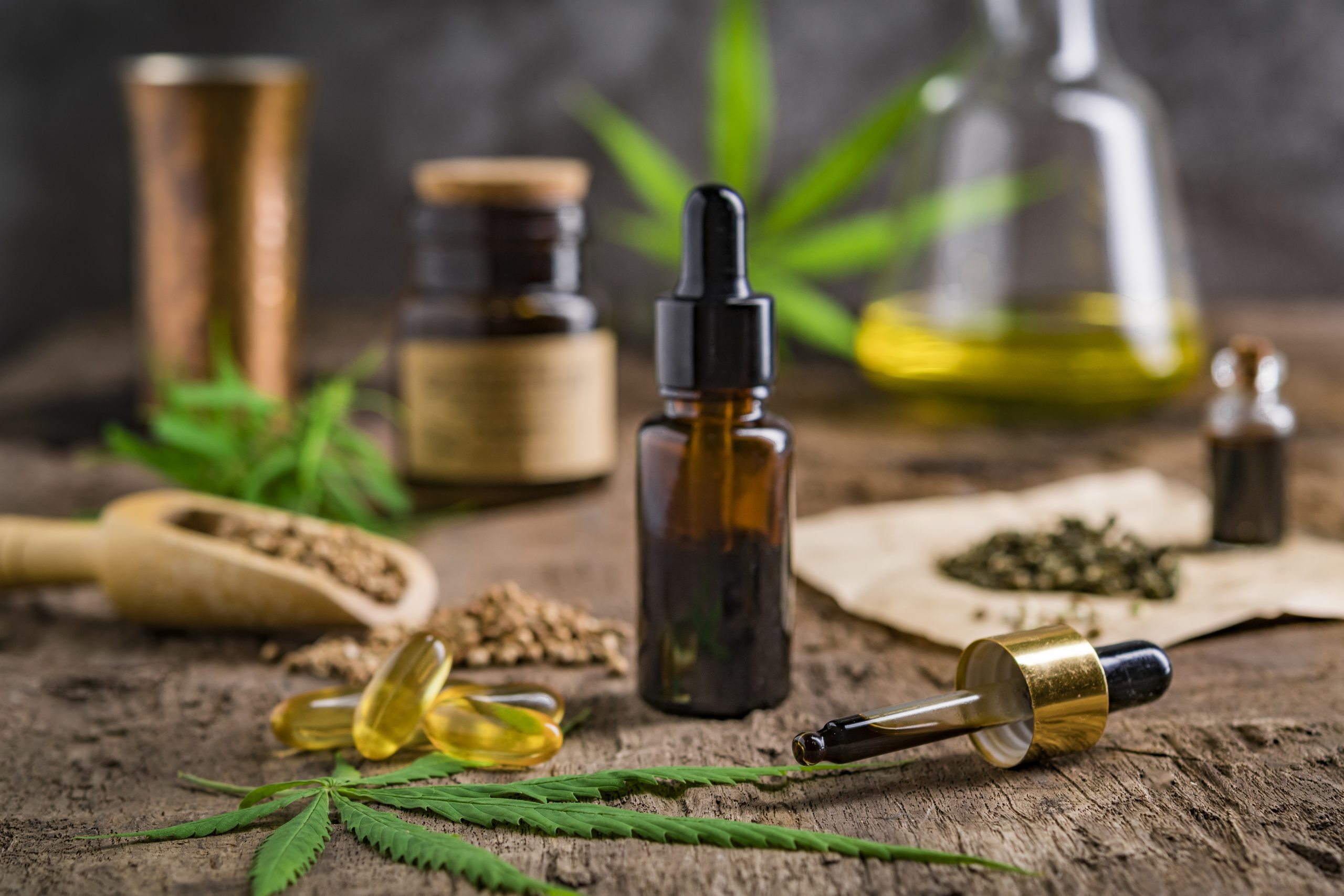It’s time to talk about terpenes, what are they? What do they do exactly? Where do they come from and why are they important?
What’s the best way to absorb terpenes and why do they smell like they do?
Terpenes sometimes leave a bad first impression because of the natural grassy aroma they give to CBD products. This scent has led to some confusing CBD to cannabis, but there is a simple explanation.
From the different types to why they are important to your CBD intake, there is a lot to unpack about terpenes.
We asked the experts at the world-renowned medical cannabis research group, Kanabo, to go beyond the jargon and explain why we need hemp terpenes with our CBD.
What are terpenes?
A terpene is a compound found in the oils of all plants, including hemp. Terpenes give off a unique scent or aroma, varying slightly from plant to plant. If you thought terpenes were exclusive to cannabis products, think again.
A great example of the historical presence of terpenes is the Christmas tree. Imagine decorating a natural Christmas tree, brought into your warm home fresh from the frosty outdoors. When you and your loved ones comment on the smell of the tree, that is in fact all down to a terpene called Pinene. Other examples of terpenes that you are bound to have come across before are lavender and rosemary.
It’s thought that there are around 20,000 terpenes out there across the plant kingdom, giving woodlands, jungles and even our gardens their fresh, unique aromas. Knowing this, you might realise that hemp isn’t such a scary topic. It has a lot in common with other plants after all!
What do terpenes do and are they safe?
For the purpose of this article, we’re going to focus on hemp terpenes. These aromatic compounds are believed to play an important role in The Entourage Effect.
This is the concept that cannabinoids, terpenes, and other compounds extracted from hemp such as flavonoids, all work synergistically. This means they make each other better, raising each other up and ultimately making each other more efficient at their jobs. The result is a better CBD experience for the consumer.
Proof of this can be seen in the results of a recent study at the University of Arizona. Researchers exploring The Entourage Effect found that terpenes can mimic cannabinoids and produce similar pain-relieving effects, which are amplified when the two are used together.
There is a growing interest in terpene research due to the popularity of CBD and the benefits to our quality of life from cannabinoids. To date, terpenes have been linked to many of the same mental and physical lifestyle concerns as CBD such as pain, inflammation, anxiety and sleep disorders.
In a scientific review published in 2018 in the European Journal of Medicinal Chemistry, hemp-derived terpenes were credited for their many medicinal properties and for their very low toxicity, meaning they have been proven safe and are generally well-tolerated.

Five key terpenes you need to know about
Mycrene
One of the most common terpenes, Mycrene is said to promote a sense of calm and relaxation. As well as being found in hemp, this dominant terpene can also be found in mango, lemongrass, thyme and even in beer (hops).
Terpinolene
With its fresh, woody smell, and notes of citrus, you’ll find this terpene in everyday household and wellness items. Terpinolene is also said to boost relaxation and has been linked to sedative and anti-anxiety studies.
Limonene
Instantly recognisable, limonene can be found in the peel of citrus fruits, as well as being a popular terpene found in hemp. Thanks to its zesty scent, limonene has long been used in household items such as soap. Limonene plays an important role in the Entourage Effect and is praised for elevating mood levels and helping us to reload in trying times. When vaporized, limonene is said to increase serotonin and dopamine levels, helping us moderate our response to stress.
Ocimene
The name of this terpene comes from the Ancient Greek word for basil, Ocimum, so it’s no surprise that basil leaves are rich in this sweet, woody aroma. Known for its antioxidant and anti-fungal effects, Ocimene works well when combined with pinene and minor terpenes.
Pinene
Perhaps most famous for its connection to the Christmas tree, the power of pinene goes far beyond its aroma. Hemp-derived pinene, together with linalool, has been explored for its therapeutic benefits to brain health and insomnia. Research shows pinene is anti-inflammatory and may support the body’s repair cycle.
What is the best way to combine terpenes with CBD?
Firstly, it’s important to discover where the terpenes have come from. As a world leader in medical cannabis and CBD formulation, the expert team at Kanabo only works with terpenes that originate in the hemp plant.
Hemp, by its very nature, is an incredibly versatile and sustainable plant. Kanabo believes in using as much of the hemp plant as possible, highlighting all it has to offer without wasting a drop of its goodness. Thinking back to The Entourage Effect, the result of using hemp-derived terpenes is a perfectly blended product that is rich in those and CBD for a greater effect and maximum benefit.
In contrast, many products on the UK market add a terpene mix to their CBD oil, without knowing where they come from. In some cases, these terpenes come from other plants, but in many cases, they are made synthetically.
The second part of this answer comes down to the how. With so many different ways to take CBD, how should we take our terpenes? Is there one way that’s better than all the rest?
Many CBD oils, sprays and capsules contain terpenes, but there is only one format that triumphs, vaporization.
Research shows that vaping CBD and terpenes are the fastest, most efficient way to absorb these compounds.
How does it work? Quite simply. For this example, let’s use the new VapePod device from Kanabo, which is compatible with three unique cartridges loaded with cannabinoids and terpenes. This is the first medical-grade vaporizer with metered dosage providing a temperature-controlled, limited and precise dose of CBD.
When you inhale from the VapePod, the liquid in the vape cartridge is received in the mouth as a vapour. From here, it travels to the throat and down into the lungs where it is dispersed efficiently into the bloodstream via the pulmonary tract.
Compared with taking oil drops under the tongue, using a product like the VapePod by Kanabo provides a more precise, no-nonsense approach to getting a measured amount of CBD, and feeling the difference, fast.

The post Kanabo: It’s time to talk about terpenes appeared first on Cannabis Health News.



